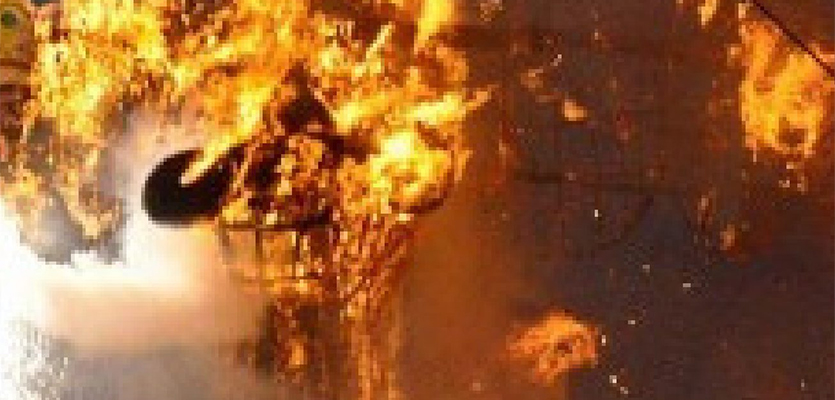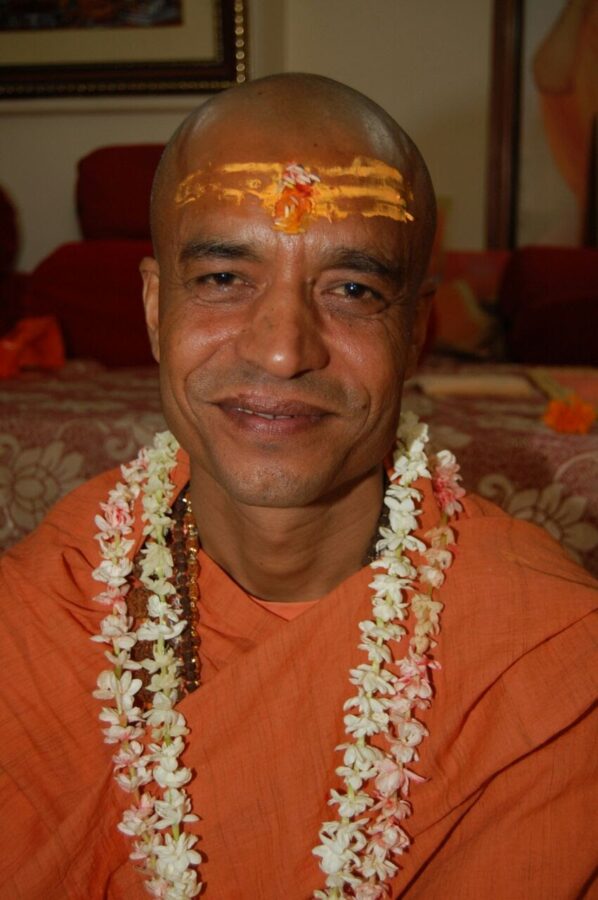Shalini Sharma
Dussehra marks the tenth day of Raamleela and is the assumed end of Ravana’s era. In most parts of the country it is celebrated by burning the effigy of Ravana and his siblings Meghnad and Kumbhkarna.
Very few people know that the tiny hamlet of Baijnath in Himachal Pradesh is an aberration to these festivities. In Baijnath the effigy of Ravana is not burnt.
The town is known by the ancient one stone temple of Lord Shiva and mythology has a lot to say about the place and the practice.
According to one version, after impressing Shiva by his devotion Ravana convinced him to come with him to his kingdom of Lanka. Shiva agreed to it but kept a condition that Ravana will have to carry him in a Lingam form and should not keep him down before he reaches Lanka.
Ravana was unable to do this as on the way he had an urge to answer the nature’s call. Looking for help he asked a shepherd Baiju to hold the Lingam for him. But Baiju could not hold the weight and kept the Lingam down. Hence this laid the foundation of the famous Baijnath temple. Baijnath is believed to have drawn its name after the shepherd Baiju.
Another interesting aspect of the town is that it does not have a single goldsmith shop. This stems from the belief that Lord Shiva never had a liking for gold and jewels. The second belief is that Ravana’s Lanka was made of gold and was burnt to cinders by Hanuman.
In any case, this part of the world had a late exposure to materialistic desires. The festivities associated with Dussehra are also missing in Baijnath although the story is quite different in the comparatively bigger places like Palampur, Jaisingpur and others closer to this town.
Jagat Ram, a native of a village near Palampur explains, “Himalayan villages were untouched by what was happening in the other part of the country. The religious fables did exist but festivities with a commercial aspect were missing. The commercial awareness came with the laying of the railway line 1928 for establishing Shanan hydroelectric powerhouse in Jogindernagar that fed undivided Punjab. Therefore, with the advent of arrival of opportunities, means to afford commercialization also came in.”
He remembers that as a child, he never saw Ravana’s effigies being burnt even in the villages in the area. This was not because the people believed in certain religious fables but simply because the commercial concept of festivities did not exist. “It still does not exist in my village and there is no specific reason behind it,” he said.
Yet another version comes from 93 year old Ram, a resident of Baijnath. He refers to the Hindu belief that the soul never dies and points out, “Ravana has only gained power in all these years. We have never let his soul rest in peace for a single year. I wish we forgot about him, allowed his body to decompose and grow into a fruit-bearing tree. But we chose to create a new Ravana every year, adorn it and celebrate burning his effigy amid huge gatherings.”
Ram is a witness to the partition of India and often takes a dig at the confused understanding about Dussehra. “Ravana is burnt every year for he did the most unwarranted thing by abducting somebody’s wife. But even today there is no stringent punishment for people who commit all sorts of crimes against women,” he said.
“On one side people look down upon Ravana and keep burning his effigy year after year and on the other they don’t allow even the effigy to burn down completely. In fact, they make an effort to keep him alive by risking their own lives to get the half burnt wooden pieces of the effigy. They believe that touching the wood of Ravana’s effigy will give them good health. This is in stark contrast to why Dussehra is celebrated,” he underlined.
Dussehra dominates the rainbow of Indian festive colors in the world. Its religious history and reasoning are very strong. The fact also remains that Himalayan villages were last to be touched by the trends in the British times. Logic and religion both fit in their spaces here.




